
Osaka certainly isn’t short of transportation options. A huge range of buses, trains, trams even boats bisect the city. However, one of Osaka’s best known, but perhaps most underappreciated set of railway lines is the Keihan.
Collectively, there are 3 different trainlines that run across Osaka under the Keihan banner. These are the Keihan Main Line, the Keihan Katano Line and the Keihan Nakanoshima Line. As one would expect these lines are owned and operated by the Keihan Railway Company. Let’s look at these in a little more detail.
Table of Contents
The History of the Keihan Main Line
The first of the 3 Keihan Lines, as we known them today, was the Keihan Main Line. This line first opened in 1910. Originally it ran from Kyoto’s Kiyomizu-Gojo, near the popular tourist site Kiyomizu Temple. It then terminated in Tenmabashi, in Central Osaka. In those early days, the line served as the primary artery between Osaka and Kyoto for most commuters. However, as residential areas expanded in the pre-war period, an extension to the line was added at the Kyoto end. This extended the line to Sanjo from 1915 onwards.
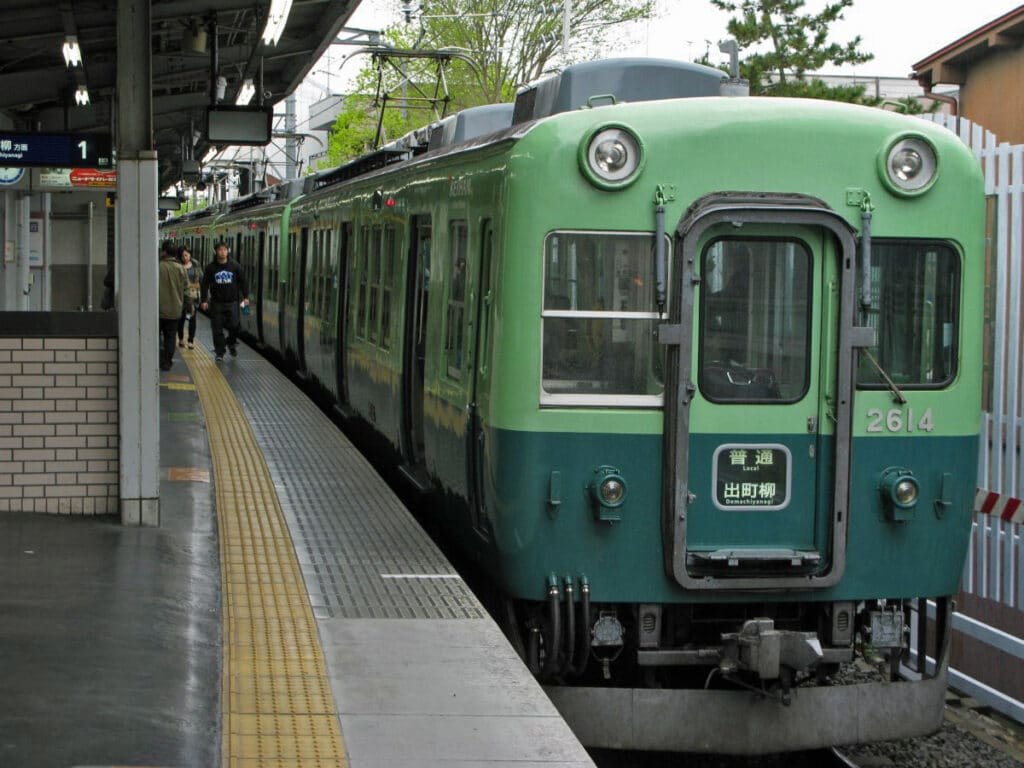
The next major expansion of the Keihan Main Line wouldn’t come to be until nearly 50 years later. This extension from Tenmabashi to Yodoyabashi opened in 1964. Whilst the line has been upgraded many times over the years, the route of the Keihan Main Line has not changed since 1964. You can find a summary of the route and frequency of the Keihan Main Line trains below.
The Route of the Keihan Main Line
The Keihan Main Line (京阪本線) runs between Sanjo Station in Kyoto and Yodoyabashi Station in Osaka. Kuzuha Station (KH024) is the final stop before the service leaves Osaka Prefecture.
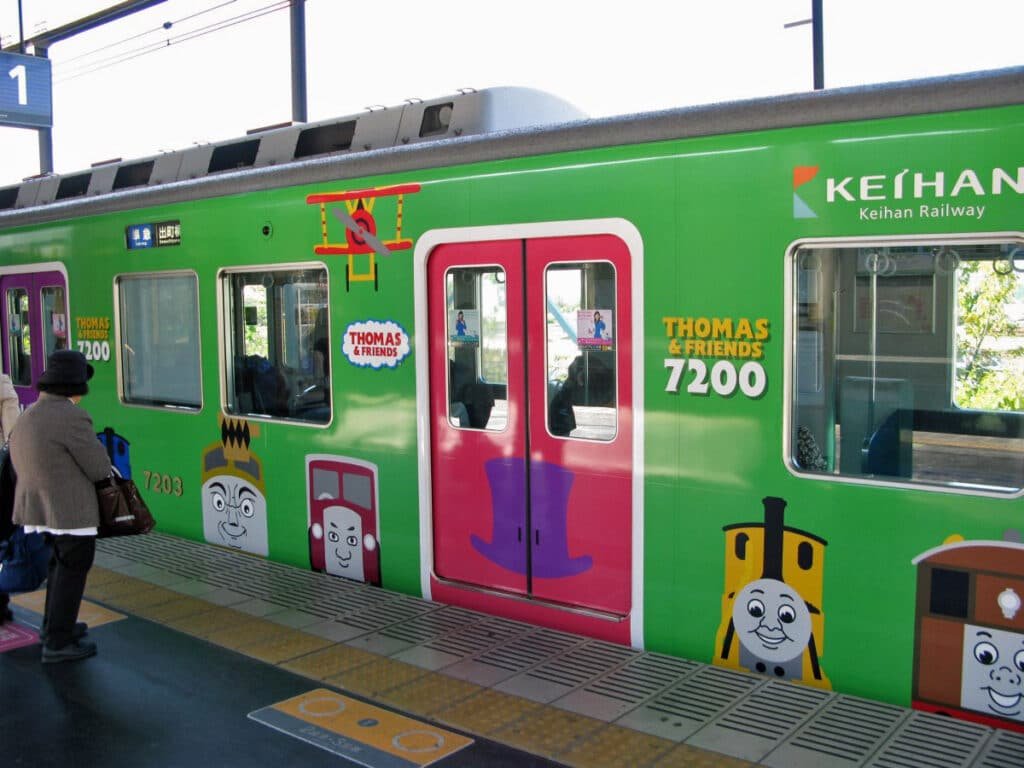
From Kuzuha onwards, the line enters Kyoto Prefecture.
| Station Number | Station | SmE | SbE | CSbE | Ex | ME | RE | CRE | LE | RLE | Ln |
| KH01 | Yodoyabashi | S | S | S | S | S | S | S | S | S | |
| KH02 | Kitahama | S | S | S | S | S | S | S | S | S | |
| KH03 | Temmabashi (Transfer to Keihan Nakanoshima Line here) | S | S | S | S | S | S | S | S | S | S |
| KH04 | Kyobashi | S | S | S | S | S | S | S | S | S | S |
| KH05 | Noe | | | | | ↑ | | | ↓ | | | ↑ | | | | | ↑ |
| KH06 | Sekime | | | | | ↑ | | | ↓ | | | ↑ | | | | | ↑ |
| KH07 | Morishoji | | | | | ↑ | | | ↓ | | | ↑ | | | | | ↑ |
| KH08 | Sembayashi | | | | | ↑ | | | ↓ | | | ↑ | | | | | ↑ |
| KH09 | Takii | | | | | ↑ | | | ↓ | | | ↑ | | | | | ↑ |
| KH10 | Doi | | | | | ↑ | | | ↓ | | | ↑ | | | | | ↑ |
| KH11 | Moriguchi-shi | S | S | ↑ | S | ↓ | S | ↑ | | | | | ↑ |
| KH12 | Nishisanso | S | | | ↑ | | | ↓ | | | ↑ | | | | | ↑ |
| KH13 | Kadoma-shi | S | | | ↑ | | | ↓ | | | ↑ | | | | | ↑ |
| KH14 | Furukawabashi | S | | | ↑ | | | ↓ | | | ↑ | | | | | ↑ |
| KH15 | Owada | S | | | ↑ | | | ↓ | | | ↑ | | | | | ↑ |
| KH16 | Kayashima | S | S | S | | | ↓ | | | ↑ | | | | | ↑ |
| KH17 | Neyagawashi | S | S | S | S | S | S | S | | | | | ↑ |
| KH18 | Korien | S | S | S | S | S | S | S | | | | | ↑ |
| KH19 | Kozenji | S | S | S | | | ↓ | | | ↑ | | | | | ↑ |
| KH20 | Hirakata-koen | S | S | S | S | ↓ | | | ↑ | | | | | ↑ |
| KH21 | Hirakatashi (Transfer to Keihan Katano Line here) | S | S | S | S | S | S | S | S | | | △ |
| KH22 | Gotenyama | S | S | S | | | ↓ | | | ↑ | | | | | ↑ |
| KH23 | Makino | S | S | S | | | ↓ | | | ↑ | | | | | ↑ |
| KH24 | Kuzuha | S | S | S | S | S | S | S | S | | | S |
| KH25 | Hashimoto | S | S | | | | | ↑ | | | | | |||
| KH26 | Iwashimizu-hachimangu | S | S | S | | | ↑ | | | | | |||
| KH27 | Yodo (Kyoto Racecourse) | S | S | s | | | ↑ | s | | | |||
| KH28 | Chushojima | S | S | S | S | S | S | | | |||
| KH29 | Fushimi-Momoyama | S | S | | | | | ↑ | | | | | |||
| KH30 | Tambabashi | S | S | S | S | S | S | | | |||
| KH31 | Sumizome | S | S | | | | | ↑ | | | | | |||
| KH32 | Fujinomori | S | S | | | | | ↑ | | | | | |||
| KH33 | Ryukokudai-mae-fukakusa (M) | S | S | | | | | ↑ | | | | | |||
| KH34 | Fushimi-Inari | S | S | S | | | ↑ | | | | | |||
| KH35 | Toba-kaido | S | S | | | | | ↑ | | | | | |||
| KH36 | Tofukuji | S | S | | | | | ↑ | | | | | |||
| KH37 | Shichijo | S | S | S | S | S | S | S | |||
| KH38 | Kiyomizu-Gojo | S | S | S | | | ↑ | | | | | |||
| KH39 | Gion-Shijo | S | S | S | S | S | S | S | |||
| KH40 | Sanjo (M) | S | S | S | S | S | S | S |
Ln (ライナー)- All reserved seating, RLE (快速特急”洛楽”), LE (特急), CRE(通勤快急)- Kyoto to Osaka on weekday mornings only, RE(快速急行), ME(深夜急行)-Osaka to Kuzuha at 2am, Ex(急行), CSbE(通勤準急)- From Kuzuha to Nakanoshima or Yodoyabashi on weekday mornings, SbE(準急), SmE(区間急行), Local– All stops
S: Trains stop, s: limited stop
Next up, let’s take a look at the Keihan Katano Line
The History of the Keihan Katano Line
The history of the Keihan Katano Line is somewhat convoluted. The genesis of this line stemmed from an aborted attempt to extend what we know today as the Ikoma Line. As a result, today Keihan’s rival railway operator Kintetsu runs the Ikoma Line. However, back in 1929, when the idea for what would later become the Keihan Katano Line first formulated, the line operator was a company called Shigi-Ikoma Electric Railways. Unfortunately, this small, independent firm ran into financial difficulties, amidst the pre-WW2 global economic crunch. As a result, the project was scrapped.
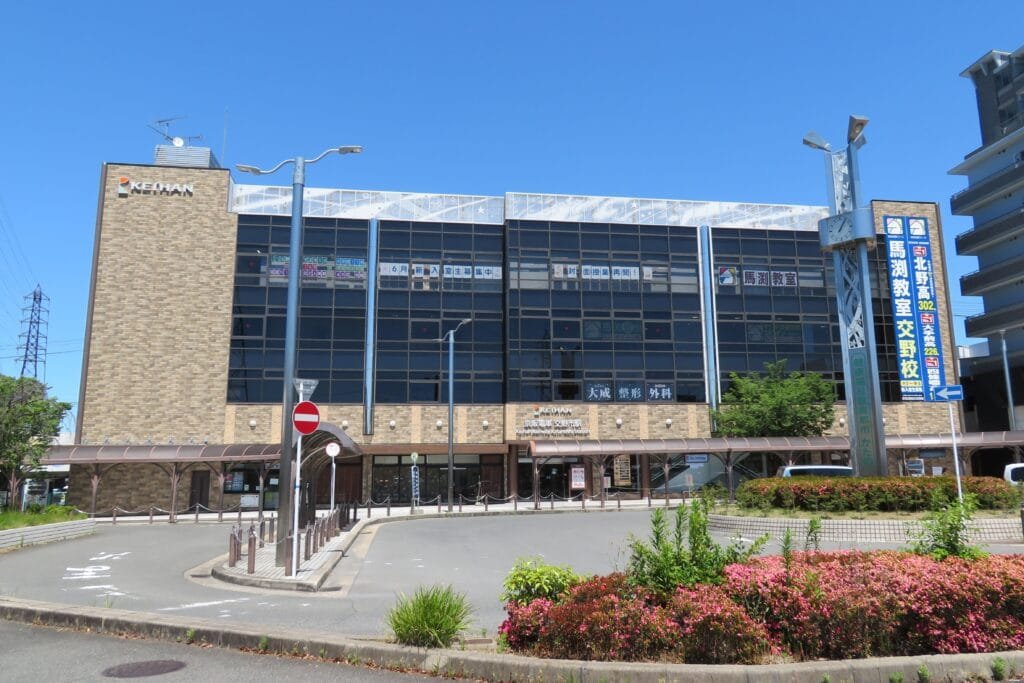
However, seeing an opportunity, Keihan assumed control of the operating company in 1939. Following on from this, line in its current form completed construction ten years later. It was also at this time, in 1949, that the then Keihanshin Express Railway Company was formally absorbed into the Keihan Group entirely. This led to both the Keihan Katano Line and the Keihan Main Line formally coming under the same ownership.
The Route of the Keihan Katano Line
Keihan Katano Line (京阪交野線)– Keihan Katano Line connects the cities of Hirakata and Katano in Osaka Prefecture. It begins at Hirakatashi Station and terminates at Kisaichi Station in Katano City. As such, The entirety of the Keihan Katano Line falls within Osaka Prefecture.
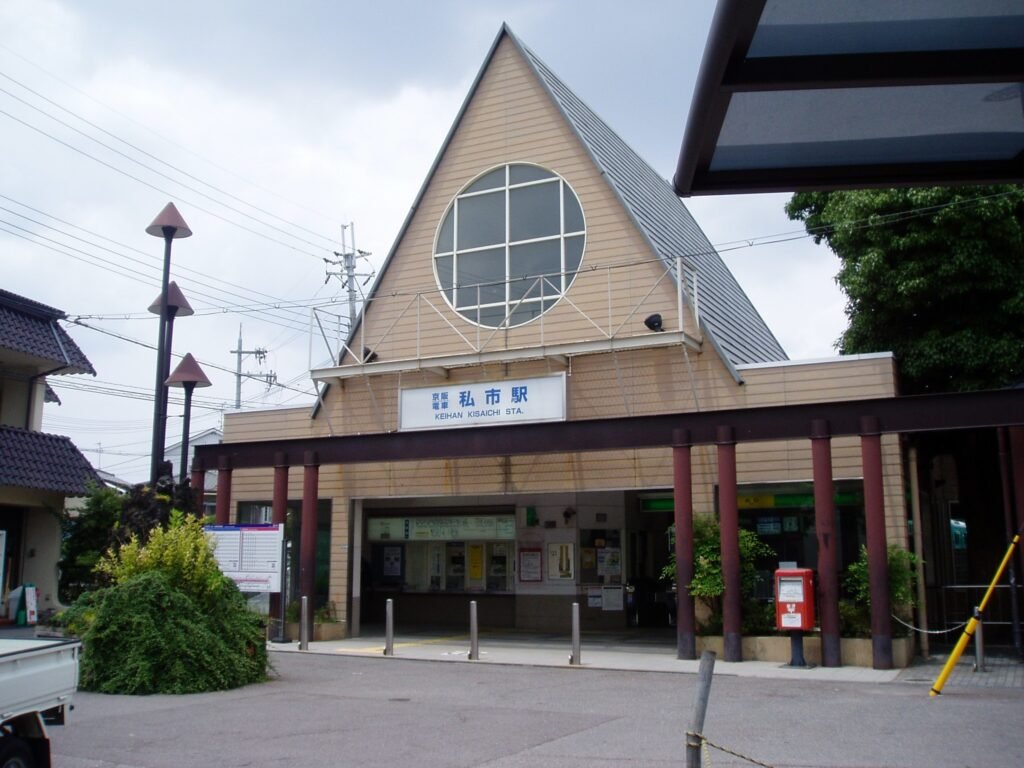
| No. | Station |
| KH21 | Hirakatashi |
| KH61 | Miyanosaka |
| KH62 | Hoshigaoka |
| KH63 | Murano |
| KH64 | Kozu |
| KH65 | Katano-shi |
| KH66 | Kawachi-Mori |
| KH67 | Kisaichi |
Last but certainly not least, let us look at the Keihan Nakanoshima Line.
The History of the Keihan Nakanoshima Line
The Keihan Nakanoshima Line is the most recent, and also by quite some distance, the shortest addition to the Keihan Network. As far as train lines go, the process for constructing the Nakanoshima Line was uncommonly swift, once it got going. The process began in 2001, when the Nakanoshima High Speed Railway Company was set up. This Keihan subsidiary oversaw the railway’s construction. However, it would be another 2 years before initial construction and tunneling work could commence in May 2003. Eventually, the final stages of tunneling ended in late 2007. The line then opened for business just under a year later, in October 2008.
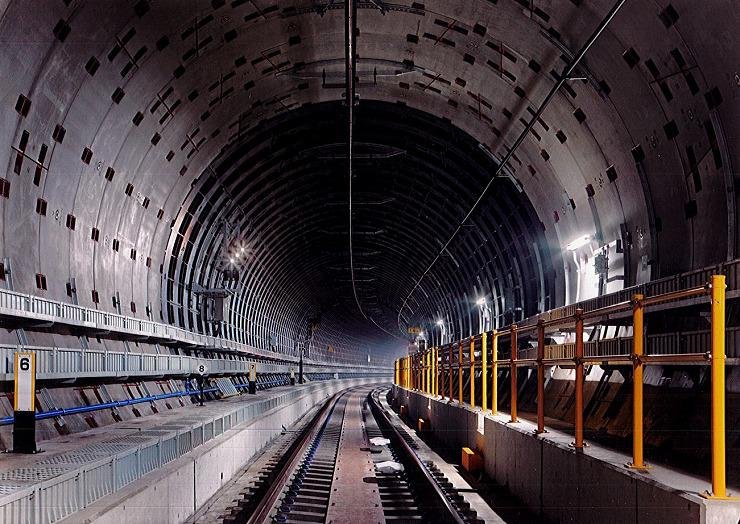
The Route of the Keihan Nakanoshima Line
The Keihan Nakanoshima Line (京阪中之島線)– runs from Temmabashi Station, in Osaka City’s Kita Ward to Nakanoshima Station in Chuo Ward. The Nakanoshima area plays host to the Osaka International Convention Center as well as Osaka City Hall and the renowned Rihga Royal Hotel, Osaka. Nakanoshima is a center of both domestic and international commerce. Hence, it made both commercial and logistical sense to link Nakanoshima with both Hirakata and Kyoto via the Keihan Railway Network.
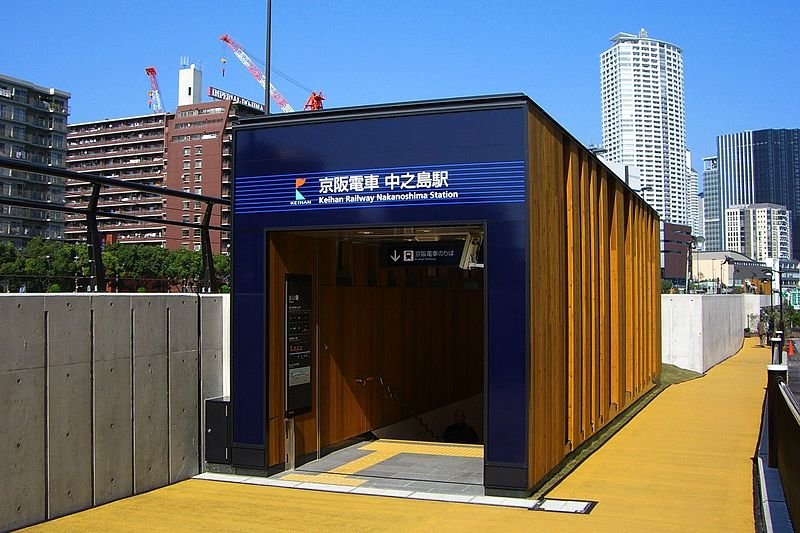
The exact route of the Keihan Nakanoshima Line is as follows:
| Station number | Station name | Location |
| KH54 | Nakanoshima | Kita-ku, Osaka |
| KH53 | Watanabebashi | |
| KH52 | Oebashi | |
| KH51 | Naniwabashi | |
| KH03 | Temmabashi | Chuo-ku, Osaka |
Sights to See on the Keihan Network
Across these three train lines there are a variety of tourist traps worth checking out. Ardent travelers will also find plenty of other places of cultural and historical interest. Here’s a rundown on some of the best.
Points of Interest on the Keihan Main Line
Below, we will give a brief summary of 3 places to visit along the Keihan Main Line.
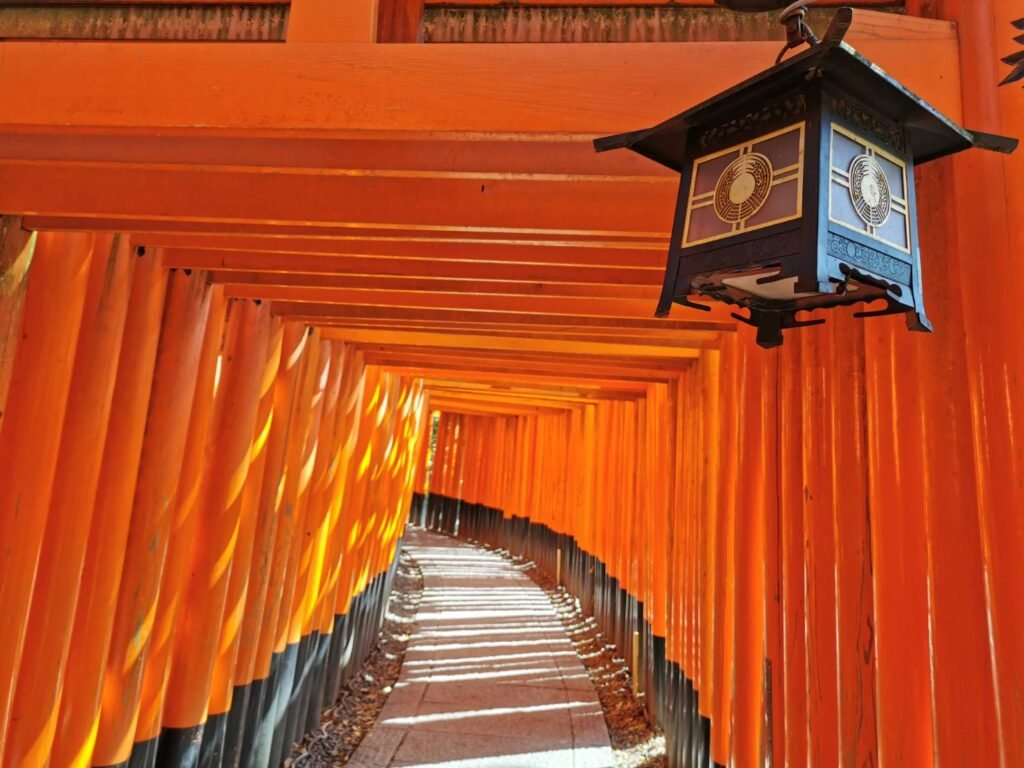
Kyoto Racecourse
It may not be Japan’s largest horse racing course. However, Kyoto Keiba-Jo, to use its Japanese name, dwarfs almost any similar course in Europe. This course has a capacity of 120,000 people. As one would expect, in a country where most forms of gambling are illegal, Japanese horse racing is a huge industry and draws massive crowds.
Kyoto Racecourse hosts both flat and steeplechase races throughout the season. Five of these are international grade one races, the highest order of prestige in racing. Perhaps the most famous of these is the Queen Elizabeth II Cup. This takes place in November each year, at the end of the flat racing season.
The Racecourse connects via an elevated platform with Yodo Station on the Keihan Main Line.
Fushimi Inari
Fushimi Inari is one of Kyoto Prefectures best known and most photogenic historical sites. This Shinto Shrine complex sits a mere 5 minute walk from the Keihan Main Line Station of the same name.
Two features in particular stand out to first time visitors of Fushimi Inari. The first is the elegant Kitsune (fox) statues which line the entrance to the main complex. In the Shinto religion, foxes act as messengers for the gods. They convey good fortune on travelers and also those who show kindness to travelers as they pass through.
The second and perhaps more prominent feature of Fushimi Inari is its seemingly endless line of torii gates. In total, more than 1000 of these famous red gates line the main path through the shrine. Most of these display the names of companies or in some cases private individuals. These people believe that donating a torii to the shrine will bring good luck. Hence, having your own torii gate at Fushimi Inari is something of a status symbol among Kyoto’s elites.
Kiyomizu-Dera
From Shinto, we now turn to Buddhism, with one of Japan’s most famous temples. Located a short walk from Kiyomizu Gojo or Gion-Shijo Stations, the temple dates back to the year 778 AD. However, the current from of the main temple complex was built in 1633. Kiyomizu-Dera is an especially popular location for visitors in November. It is around this time, when Japan transitions from autumn to winter, that the leaves of the surrounding forests take on a huge range of colours. From reds and browns, to golds and yellows, they make for a truly spectacular sight.
Points of Interest on the Keihan Katano Line
Though smaller in scale than the Keihan Main Line, there’s also plenty to see and do along this route too. Here’s a trio of trip ideas for the Keihan Katano Line:
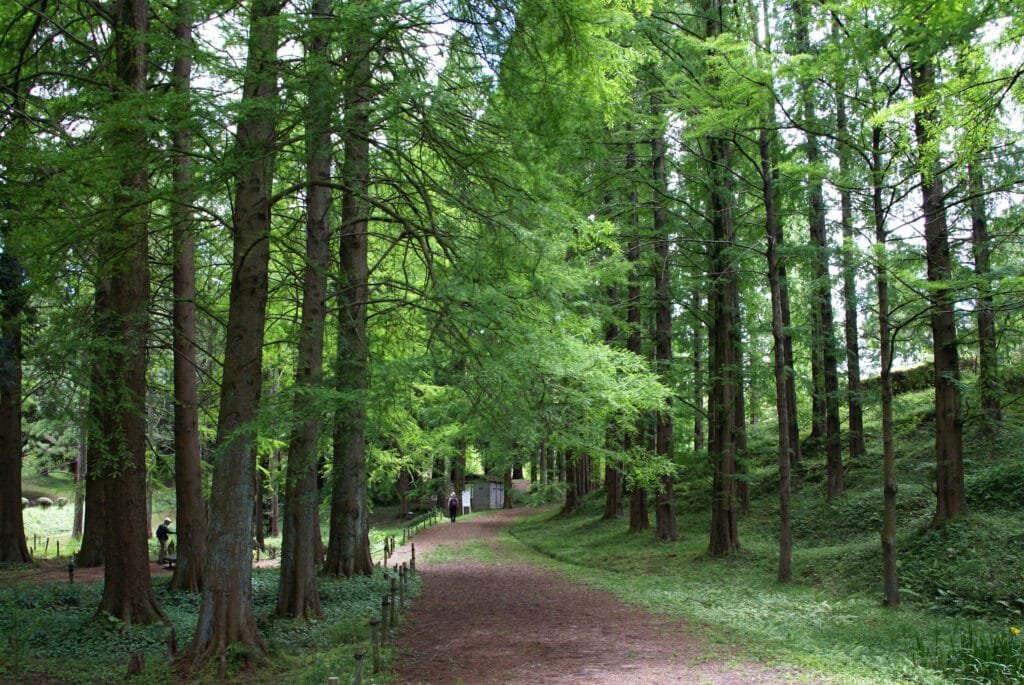
Kinyakurumazuka Kofun
Located a short walk from Miyanosaka Station, Kinyakurumakuza Kofun is one of a series of ancient tombs in the Osaka area. Known for its distinctive “keyhole” shape, the tomb bears many similarities to the more famous Mozu Tombs in Osaka. However, this particular tomb is a little more “out of the way” as far as tourists go. Hence, if you want to get a close up look at this period of Japan’s history without having to wait in long queues, this could be the place for you.
Kudara-Dera
Looking for a temple that’s even older than Kiyomizu? Well you’ve found it. Also located about 10 minutes from Miyanosaka Station is Kudara-Dera. The temple dates from 750 AD. However, since the original temple’s destruction around 900 years ago, it was never rebuilt. So, this gives a far more authentic, albeit less elegant reflection of temples from this early period in Japan’s history.
Osaka City University Botanical Gardens
At the other end of the Katano Line, near Kisaichi Station, lies the Osaka City University Botanical Gardens. In total, visitors can enjoy looking at over 4,500 different species of flora and fauna. Also, only around 1,000 of these are naturally indigenous to Japan. So if you’ve been in Japan a while and you want to see something a little out of the ordinary, this could be just the ticket.
Points of Interest on the Keihan Nakanoshima Line
Despite it’s small stature, the Keihan Nakanoshima Line offers no shortage of entertainment options. Here are 3 of my personal favourites:
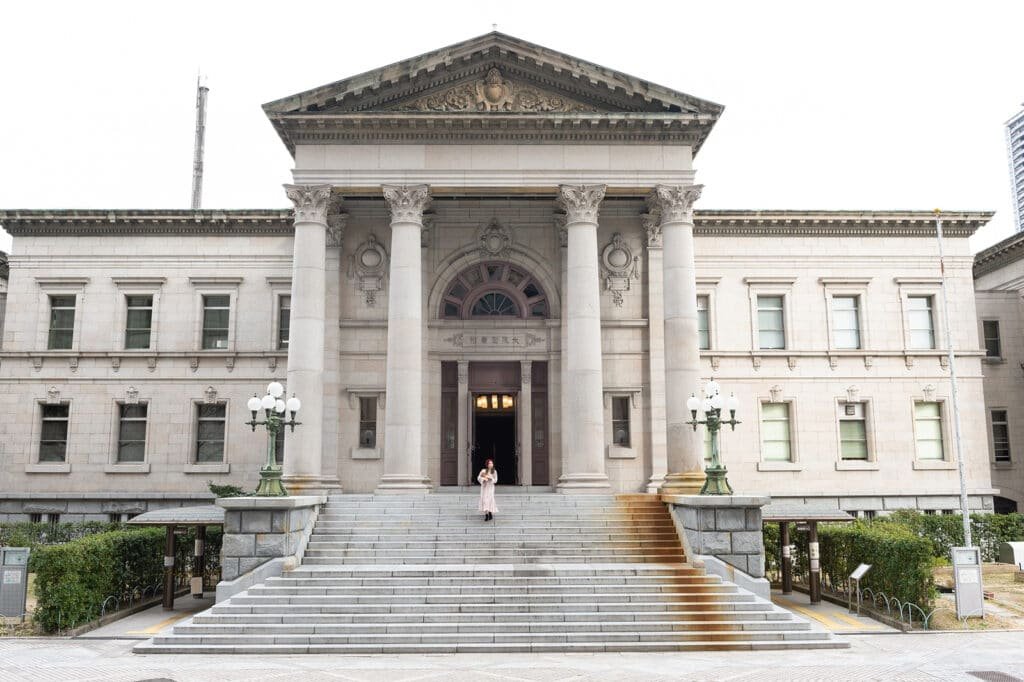
The Nakanoshima Boardwalk
A popular dating spot for couples in Osaka, the Nakanoshima Boardwalk is the perfect place to take a gentle evening stroll after a nice dinner at one of the many nearby restaurants. In the summer time, cafes offer riverside dining, whilst ducks and swans frequent the waters. It’s a brief moment of tranquilty amidst an often chaotic urban sprawl.
The Osaka Science Museum
Located just outside Watanabebashi Station, The Osaka Science Museum is one of the city center’s cultural and academic high points. The museum is perhaps best known for its planetarium. The Osaka Science Museum Planetarium is the 7th largest in the world and was the first to open in Japan. The museum was also where Nobel Laureate Hideki Yukawa conducted the research that led to his 1949 Nobel Prize for Physics.
The Osaka Prefectural Nakanoshima Library
A short walk from Oebashi Station, the Osaka Prefectural Nakanoshima Library is a designated national cultural asset. One look at the building’s exterior will quickly tell you why this is the case. One of the few remnants of Neo-Baroque era construction in the city, the Library remains largely unchanged since it opened in 1904. Despite being one of the area’s most famous and frequently photographed buildings, it is also, to this day, a fully functional library.
A Note About the Japan Rail Pass
As a private railway company, Keihan administrates its services outside the JR network. As a result, Japan Rail Passes are not accepted on Keihan services. Please take this into account when planning trips.
That being said, like many such lines in Osaka, the Keihan Railway network covers a huge area of the city. Today we have only scratched the surface. I would encourage any visitors to the city to take the time to look at the full range of venues and activities the Keihan Line has to offer. It truly is the line that connects Osaka with the rest of Kansai.






















